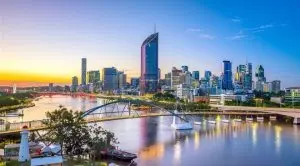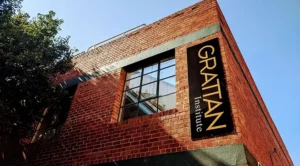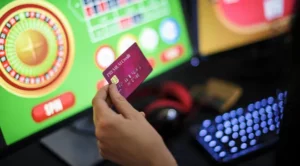 Queensland’s gambling sector reported a 16% month-over-month increase in the monthly gross gambling revenue (GGR) in July. The gambling activity in the Australian state eventually resulted in an overall gross gambling revenue of AU$62 million in July, representing a 32% improvement over the result registered in July 2021, apart from the 16% increase from the results in June 2022.
Queensland’s gambling sector reported a 16% month-over-month increase in the monthly gross gambling revenue (GGR) in July. The gambling activity in the Australian state eventually resulted in an overall gross gambling revenue of AU$62 million in July, representing a 32% improvement over the result registered in July 2021, apart from the 16% increase from the results in June 2022.
The registered improvement comes at a time when all sectors of the country’s economy have been trying to rebound from the Covid-19 pandemic and the closures that were associated with it. According to reports, land-based gambling activity is getting back to its levels from before the pandemic, although it still needs some improvement. On the other hand, the boost is happening at a time when the Australian authorities call for further restrictions on the number of gaming devices that can be offered in non-casino properties across the country.
The coronavirus pandemic caused a slowdown in the Australian gambling sector, but recent reports say that the industry is likely to continue boosting its revenue with things now returning to normal in the country.
Reportedly, approximately 33% of the gambling revenue in Queensland was generated in the Brisbane South area, which accounted for overall gross gambling revenue of AU$21 million. Brisbane North was second, with the region accounting for 21% of the GGR, or AU$13 million. The result represented a 31% increase year-on-year.
The East part of Brisbane and Brisbane Inner City accounted for AU$12 million and AU$9 million of the gross gambling revenue, respectively. Both regions were responsible for 19% of the total gambling gains reported by the state of Queensland for July. Brisbane West was the smallest contributor to Queensland’s GGR last month, as it provided 8% of the total, with a 33% yearly increase in the region’s gross gambling revenue to AU$5 million.
Anti-Gambling Campaigners and Lawmakers Seek Reduction in Australian Slot Machines
 As Casino Guardian previously reported, both lawmakers and anti-gambling lobbyists in Australia have been seeking a reduction in the number of gaming devices for a few years now. The campaigners believe that there are too many electronic gambling terminals (EGTs) in the country and that the machines are fueling problem gambling among vulnerable people in Australia. The push has lately become more fierce although most studies have unveiled that the gambling addiction rate in the country is just over 1%.
As Casino Guardian previously reported, both lawmakers and anti-gambling lobbyists in Australia have been seeking a reduction in the number of gaming devices for a few years now. The campaigners believe that there are too many electronic gambling terminals (EGTs) in the country and that the machines are fueling problem gambling among vulnerable people in Australia. The push has lately become more fierce although most studies have unveiled that the gambling addiction rate in the country is just over 1%.
Some gambling and casino operators have already pulled gambling terminals from their operations across Australia. As a result, the number of gambling machines available in Queensland in July was 1% smaller than the figure reported a year earlier. In Brisbane alone, there were 8,142 slot terminals last month, while in July 2021 there were 8,202 machines.
According to reports, there are 21,094 slot machines in local clubs, while hotels host another 19,051 EGTs. That number is 0.4% smaller than the number of slots available in the region in 2021. However, no matter that there were fewer electronic gambling terminals, they generated more revenue than the one registered last year. Clubs’ slot revenue increased by 18% year-on-year to AU$126 million, while hotels’ slot revenue rose by 23% year-on-year, generating a total of AU$176 million.
As Casino Guardian already reported, gambling is still one of the favourite types of entertainment of Aussies. According to data provided by the Australasian Gaming Council (ACC), the country’s taxable revenue amounted to AU$6.6 billion in the 2018 fiscal year. This financial strength provides the local gambling sector with the opportunity to supply enough jobs to cover the AU$11 billion paid in salaries that year.
- Author


